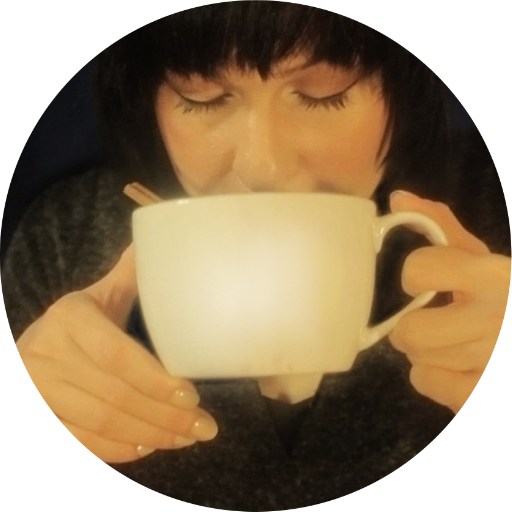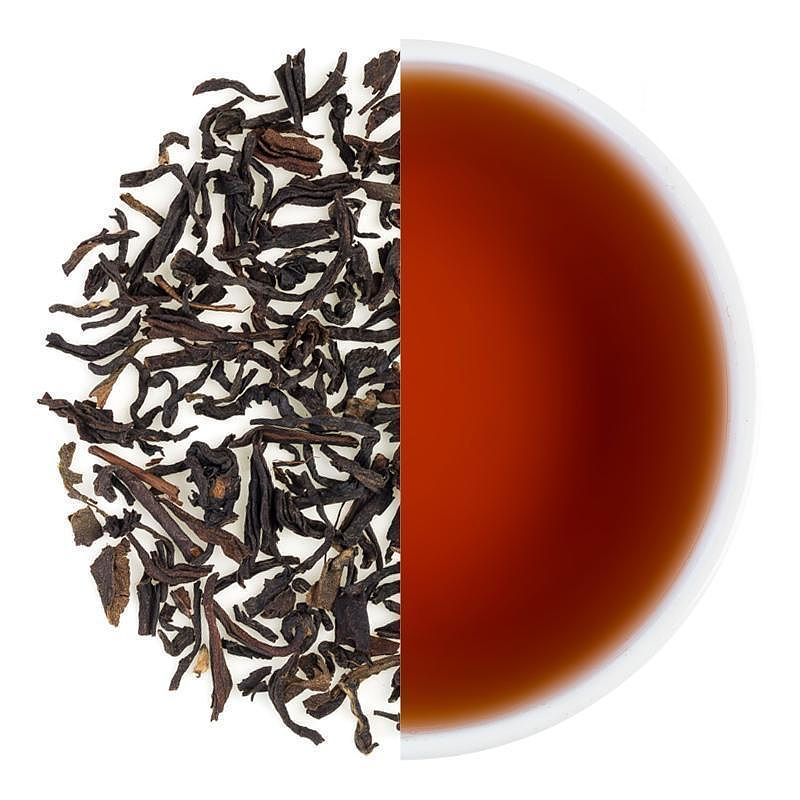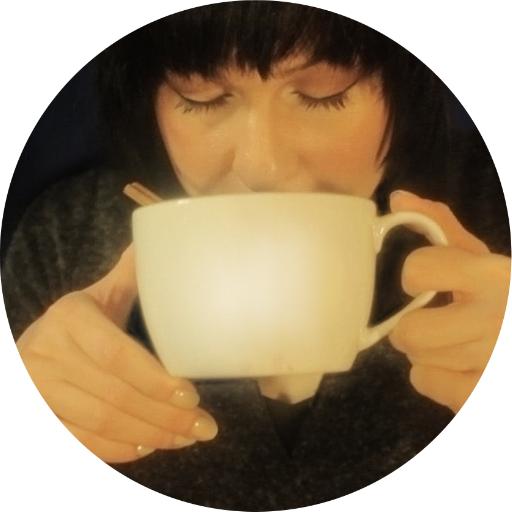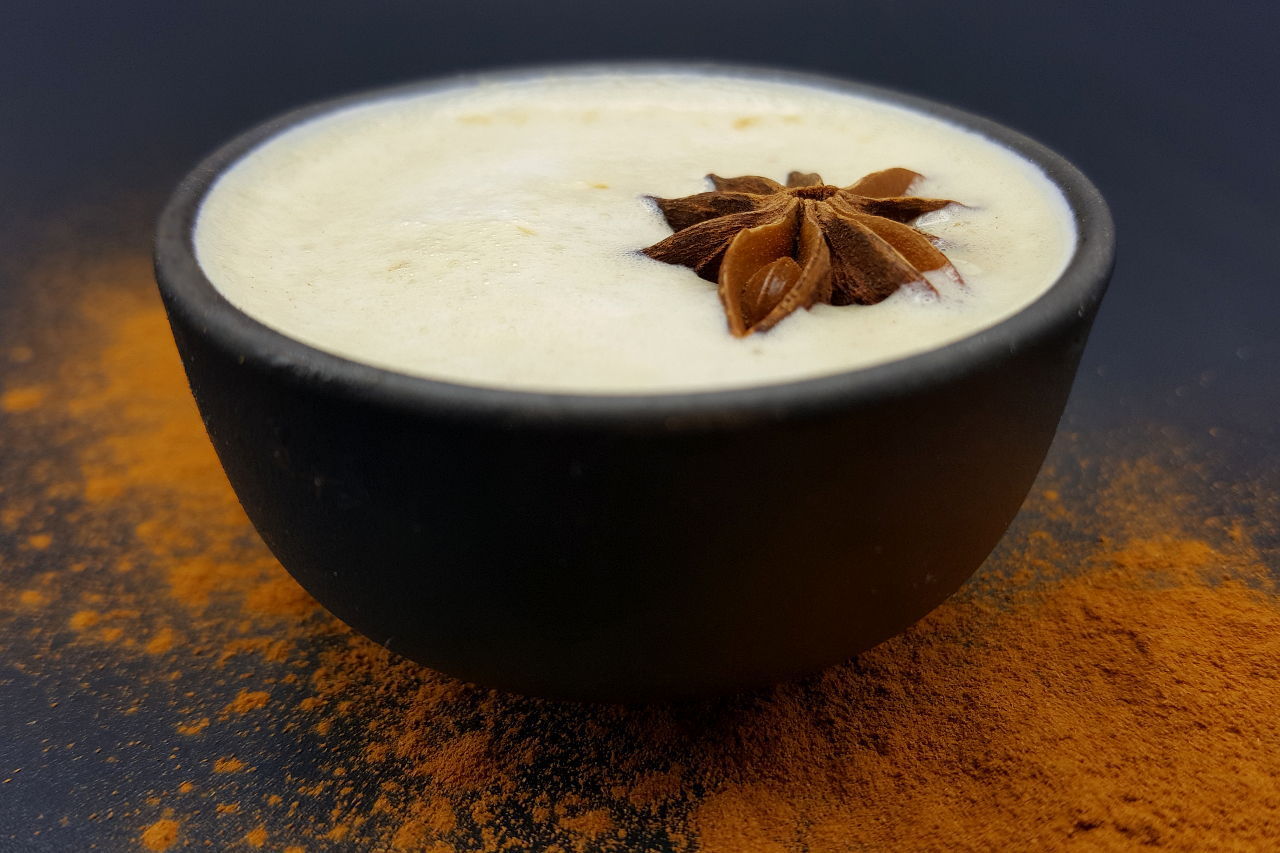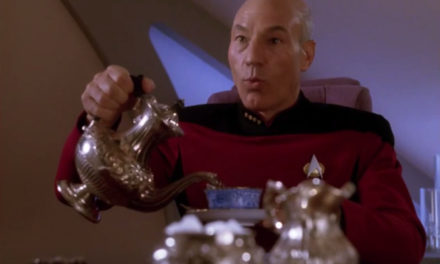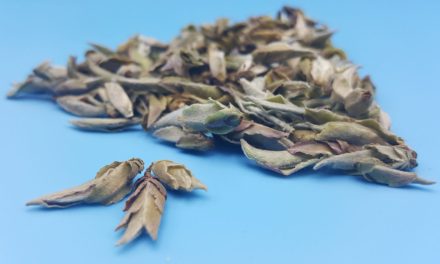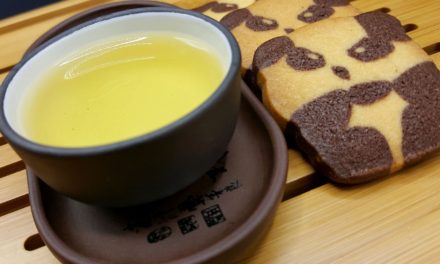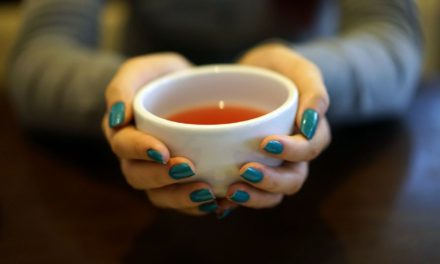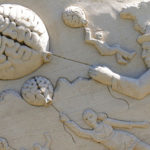Masala Chai: How to Make the Perfect Cup of Tea
You say tea? India says chai, “chai” as in a straightforward cup of tea, any tea, not the hot, spicy version with which North Americans have come to associate the term. So all those times you ordered a ‘chai tea’? You might as well have said, “I’ll have a tea tea.”
The “chai” a Western tea drinker is most likely referring to is masala chai, the Hindi pronunciation for “mixed spice tea,” one of the most popular beverages in the world. In India, its trifecta of spices, milk, and black tea is arguably more prized than coffee as a morning pick-me-up, even though a cup has but a third of the caffeine. Its vibrant flavor and milky texture complement tea’s propensity for promoting alertness and a paradoxical sense of calm and centered well-being without the jittery, nervous edge common to coffee.
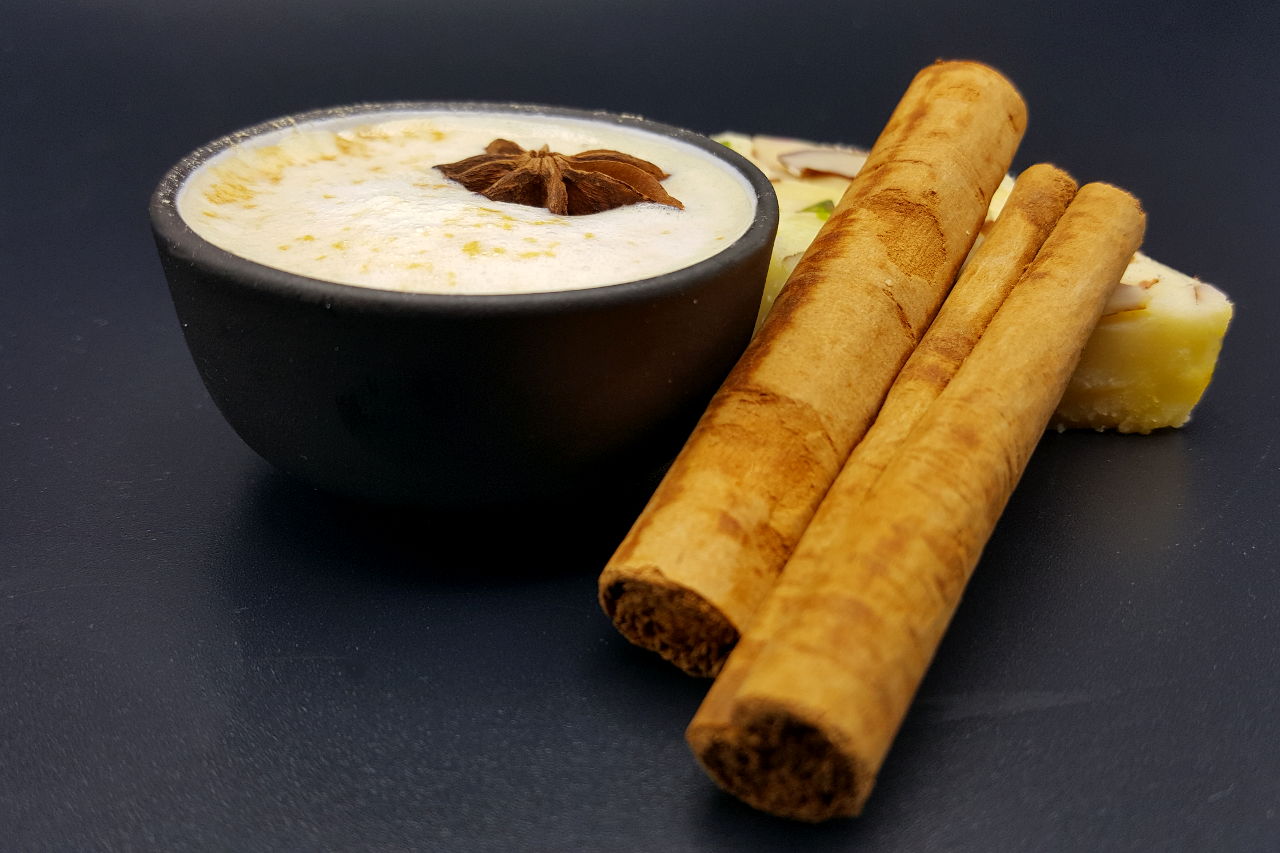
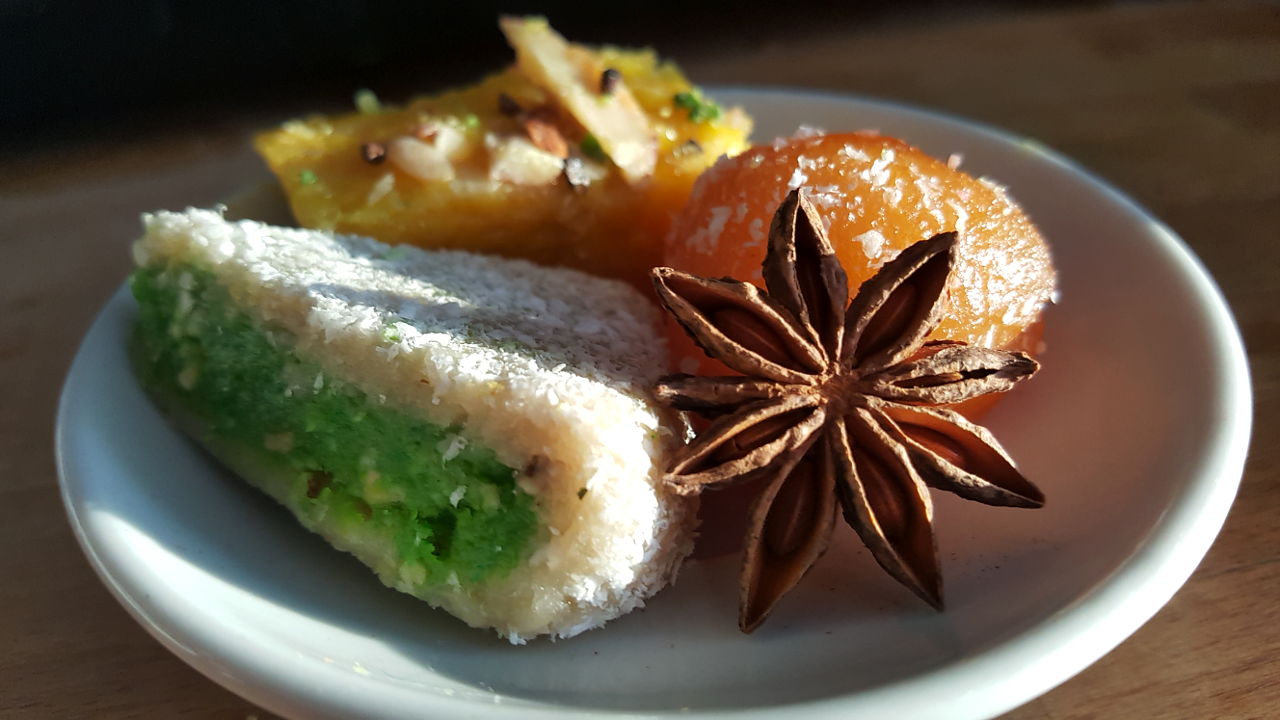
“I’m more than happy with a bare-bones cardamom, cinnamon, and ginger base in my masala chai, a base which doubles brilliantly as a spice blend for Indian sweets which, unsurprisingly, are the holy grail of snacks to go along with a freshly brewed cup.”
Top left photo © Evelyn Reid (all rights reserved, may not be used without photographer’s explicit written permission), top right photo © Evelyn Reid (all rights reserved, may not be used without photographer’s explicit written permission), bottom left photo courtesy of Pixabay. Top header photo © Evelyn Reid (all rights reserved, may not be used without photographer’s explicit written permission).
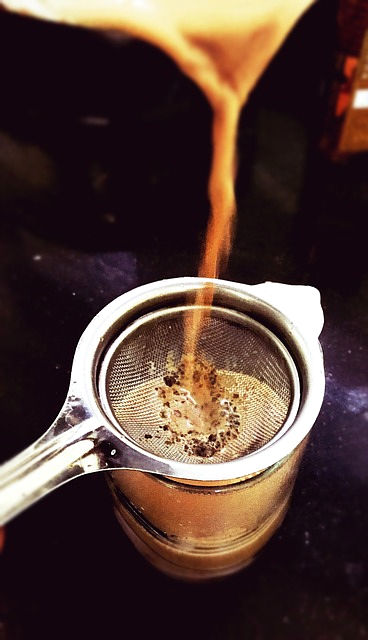
The Masala Paradox: Soothing When It’s Cold (or Hot)
As a born-and-bred Canadian intimately familiar with Arctic winds and bone-chilling subzero temperatures, there is something fundamentally comforting and warming about a sipping hot cup of masala chai on a cold winter’s day, palpably ironic considering that in India, the spicy tea helps beat the heat.
The logic goes like this. Both ancient Chinese medicine and Ayurvedic sources claim foods are either warming, cooling, or neutral.
Guess which category most spices used in masala chai fall under? Modern science agrees that at least some of them, notably ginger [1], cinnamon [2], and cardamom [3], appear to have thermogenic properties, that is, the ability to raise body temperature. This warming effect is not only desirable in cold climates but, so goes the ancient wisdom, in hot regions as well. Any wonder why so many of the spiciest dishes in the world originate from hot climate cultures? Raising the body’s internal temperature on a hot day encourages sweating, nature’s human cooling system.
Masala Chai: How to Make the Perfect Cup of Spice Tea
Any connoisseur will tell you that the right way to brew a cup of masala chai is in a pot. On a stovetop. Bring a cup or two of water to a boil, add in crushed whole spices and black tea, boil everything thing three to five minutes or so, then incorporate the same amount of milk as you put water into the mix and simmer it all together for another 3 minutes, adding sugar if you must, and voilà. Chai masala.
Or you can try my method. It requires at most five minutes of your attention.
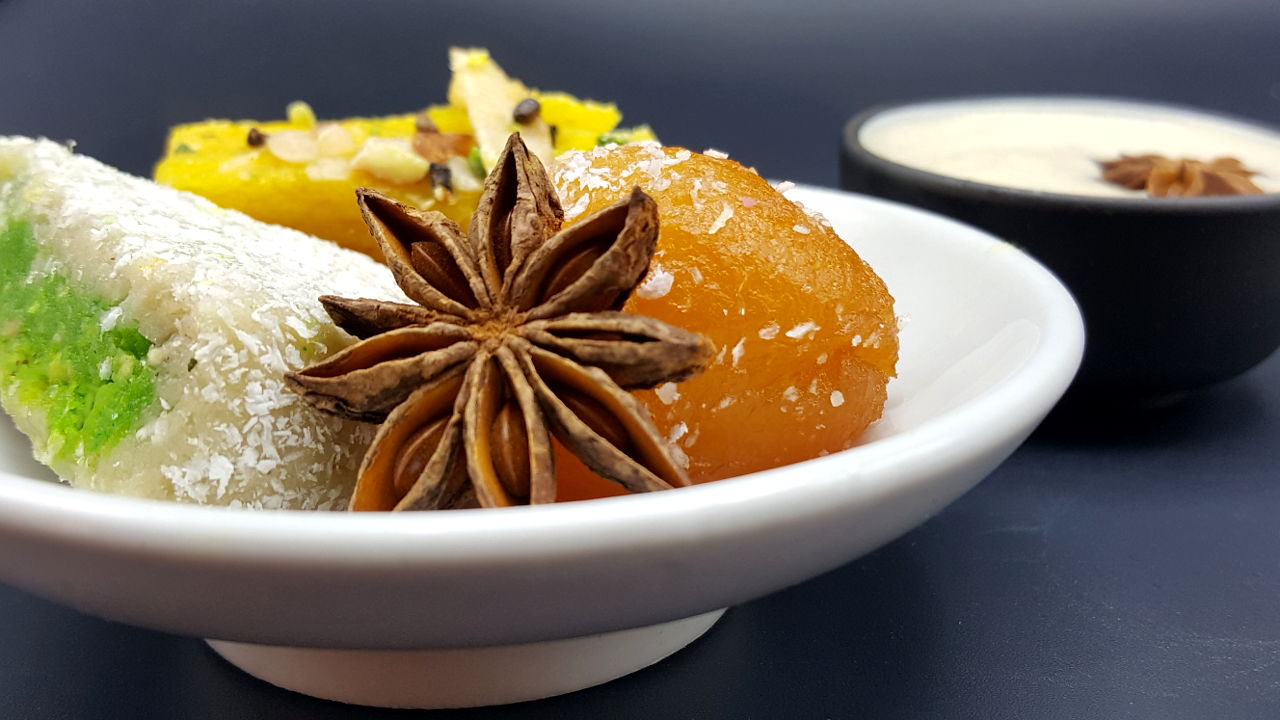
“First boil some water in the kettle. Then pick a black tea. Any black tea.”
Photo © Evelyn Reid (all rights reserved, may not be used without photographer’s explicit written permission)
Masala Chai, Home Froth Style
You won’t buy expensive chai lattes in cafés ever again once you try this technique.
First boil some water in the kettle.
Then pick a black tea. Any black tea. I use everything from Chinese Golden Monkey leaves to single estate Darjeeling teas—shout-out to Lopchu—but you could use the cheapest orange pekoe teabags on the market and still produce a heavenly cup. And don’t be shy to add more tea leaves than usual. Masala chai is meant to be bold.
Pregnant or need to stay away from caffeine for whatever reason? Use rooibos instead of black tea.
Before steeping, add a premade spice blend to the black tea leaves, one either prepared by yourself with spices lying around the house or use a ready-made masala chai mix like this one.
Ginger, cinnamon, cardamom, black pepper, and cloves make up the usual spiced suspects though some masala chai blends are simpler. I’m more than happy with a bare-bones cardamom, cinnamon, and ginger base in my masala chai, a base which doubles brilliantly as a spice blend for Indian sweets which, unsurprisingly, are the holy grail of snacks to go with a freshly brewed cup.
Other masala chai blends favor complexity, incorporating star anise, lemongrass, coriander, nigella seeds, fennel, nutmeg, saffron, almond essence, and/or vanilla bean.
I’ve never sampled a masala chai mix I didn’t like. But everyone’s different. Mix and match until you find a spice blend that pleases your palate.
For reference, I put as much as a half to one teaspoon of ground spice mix in one cup of black tea. Some folks prefer less, others more.
Once you’ve topped your black tea leaves (or teabags) with spices, add hot water and let it steep for for five minutes before removing the leaves.
Now for the milk.
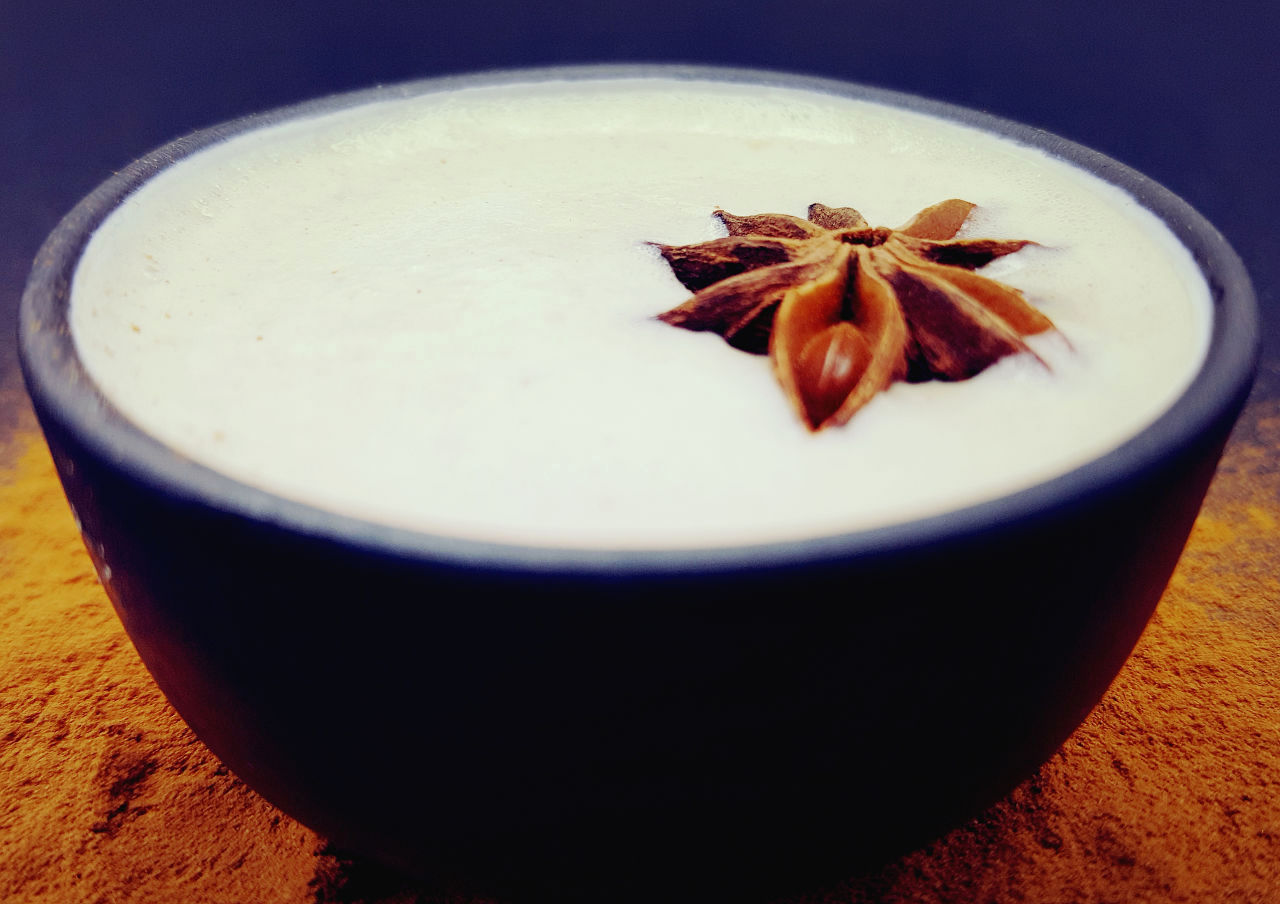
Photo © Evelyn Reid (all rights reserved, may not be used without photographer’s explicit written permission)
Milk Time: The Art of Topping Your Masala Chai With Froth
You can technically drink chai masala without milk. But once you try it the traditional way, you’ll be a believer.
Creating beautiful, coffee shop worthy froth at home is simple. No pricey cappuccino maker required. All you need is a microwave and a one-litre-sized jar (that’s roughly one quart if you’re still using the imperial system). Any old glass jar will do. I use a mason jar.
Put anywhere from 1/2 cup to one full cup of skim or 2% milk into the jar. Avoid whole milk. Its froth potential falls flat compared to the fluffy goodness of lower fat milks. By the way, almond milk is a great substitute if dairy won’t do. If you need to work with more than two cups of milk, then either get a bigger jar or follow these instructions one cup at a time. You need a large jar so that there’s room for the milk froth produced.
Milk is in the jar? Excellent. Now shake it vigorously for 60 seconds. And make sure the lid is on tight. I’ve learned that one the hard way.
Done? Look how much froth you’ve created. It’s taking up most of the room in the jar. To prevent the froth from dissipating, remove the lid, and put the jar in the microwave for 45 seconds.
Remove the tea leaves from your steeped tea —and any crushed whole spices you threw in there, unless you used a ground spice mix—and pour warm milk into the cup of tea. Remember the half-and-half guideline. Half tea, half milk. The froth should stay stuck to the jar as you pour. If it’s not staying put, use a spoon to hold the froth back as you pour the milk. Add sugar to taste to your now milky tea, if necessary, before adding the froth. Now spoon out your froth from the jar and top your cup with fluffy goodness. Sprinkle on some cinnamon (or maple sugar, my favorite), and there you go. In the span of five minutes, you’ve made exquisite, picture perfect masala chai in the comfort of home.
Want a smoother, less soap-bubbly looking froth? Reverse the order of events. Heat the milk in the microwave first, and then shake it for 60 seconds. You won’t get as much fluff, though the result is a thinner, visually elegant layer of bubbles.
Sweet, Sugar-Free Masala Chai
I won’t lie. I prefer my masala chai sweet. But I don’t want the extra calories. Vanilla stevia is a game changer. It sweetens the tea without adding carbs. And the vanilla flavor adds a brilliant undertone to the chai. It’s like drinking Indian sweets without the calories and carb attack.

References
- Mansour MS, Ni YM, Roberts AL, Kelleman M, Roychoudhury A, St-Onge MP. Ginger consumption enhances the thermic effect of food and promotes feelings of satiety without affecting metabolic and hormonal parameters in overweight men: a pilot study. Metabolism 2012; 61(10): 1347-52.
- Jiang J, Emont MP, Jun H, Qiao X, Liao J, Kim D, Wu J. Cinnamaldehyde induces fat cell-autonomous thermogenesis and metabolic reprogramming. Metabolism 2017; 77: 58.
- Daneshi-Maskooni M, Keshavarz SA, Mansouri S, Qorbani M, Alavian SM, Badri-Fariman M, Jazayeri-Tehrani SA, Sotoudeh G. The effects of green cardamom on blood glucose indices, lipids, inflammatory factors, paraxonase-1, sirtuin-1, and irisin in patients with nonalcoholic fatty liver disease and obesity: study protocol for a randomized controlled trial. Trials 2017; 18: 260.
You say tea? India says chai, “chai” as in a straightforward cup of tea, any tea, not the hot, spicy version with which North Americans have come to associate the term. So all those times you ordered a ‘chai tea’? You might as well have said, “I’ll have a tea tea.”
The “chai” a Western tea drinker is most likely referring to is masala chai, the Hindi pronunciation for “mixed spice tea,” one of the most popular beverages in the world. In India, its trifecta of spices, milk, and black tea is arguably more prized than coffee as a morning pick-me-up, even though a cup has but a third of the caffeine. Its vibrant flavor and milky texture complement tea’s propensity for promoting alertness and a paradoxical sense of calm and centered well-being without the jittery, nervous edge common to coffee.

Photo © Evelyn Reid (all rights reserved, may not be used without photographer’s explicit written permission)
The Masala Paradox: Soothing When It’s Cold (or Hot)
As a born-and-bred Canadian intimately familiar with Arctic winds and bone-chilling subzero temperatures, there is something fundamentally comforting and warming about a sipping hot cup of masala chai on a cold winter’s day, palpably ironic considering that in India, the spicy tea helps beat the heat.
The logic goes like this. Both ancient Chinese medicine and Ayurvedic sources claim foods are either warming, cooling, or neutral.
Guess which category most spices used in masala chai fall under? Modern science agrees that at least some of them, notably ginger [1], cinnamon [2], and cardamom [3], appear to have thermogenic properties, that is, the ability to raise body temperature. This warming effect is not only desirable in cold climates but, so goes the ancient wisdom, in hot regions as well. Any wonder why so many of the spiciest dishes in the world originate from hot climate cultures? Raising the body’s internal temperature on a hot day encourages sweating, nature’s human cooling system.

Photo © Evelyn Reid (all rights reserved, may not be used without photographer’s explicit written permission)
“I’m more than happy with a bare-bones cardamom, cinnamon, and ginger base in my masala chai, a base which doubles brilliantly as a spice blend for Indian sweets which, unsurprisingly, are the holy grail of snacks to go along with a freshly brewed cup.”
Masala Chai: How to Make the Perfect Cup of Spice Tea
Any connoisseur will tell you that the right way to brew a cup of masala chai is in a pot. On a stovetop. Bring a cup or two of water to a boil, add in crushed whole spices and black tea, boil everything thing three to five minutes or so, then incorporate the same amount of milk as you put water into the mix and simmer it all together for another 3 minutes, adding sugar if you must, and voilà. Chai masala.
Or you can try my method. It requires at most five minutes of your attention.
Masala Chai, Home Froth Style
You won’t buy expensive chai lattes in cafés ever again once you try this technique.
First boil some water in the kettle.
Then pick a black tea. Any black tea. I use everything from Chinese Golden Monkey leaves to single estate Darjeeling teas—shout-out to Lopchu—but you could use the cheapest orange pekoe teabags on the market and still produce a heavenly cup. And don’t be shy to add more tea leaves than usual. Masala chai is meant to be bold.
Pregnant or need to stay away from caffeine for whatever reason? Use rooibos instead of black tea.
Before steeping, add a premade spice blend to the black tea leaves, one either prepared by yourself with spices lying around the house or use a ready-made masala chai mix like this one.
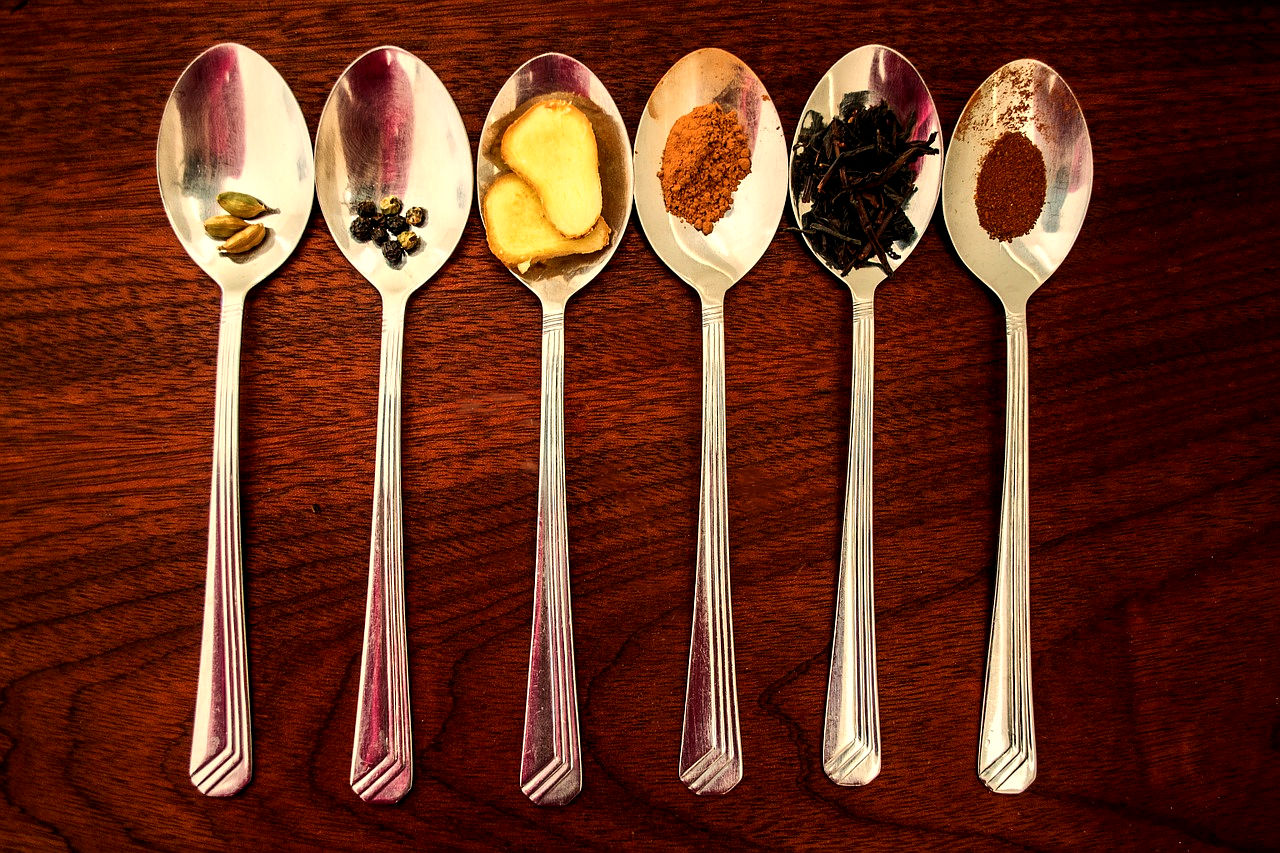
Photo courtesy of Pixabay
Ginger, cinnamon, cardamom, black pepper, and cloves make up the usual spiced suspects though some masala chai blends are simpler. I’m more than happy with a bare-bones cardamom, cinnamon, and ginger base in my masala chai, a base which doubles brilliantly as a spice blend for Indian sweets which, unsurprisingly, are the holy grail of snacks to go with a freshly brewed cup.
Other masala chai blends favor complexity, incorporating star anise, lemongrass, coriander, nigella seeds, fennel, nutmeg, saffron, almond essence, and/or vanilla bean.
I’ve never sampled a masala chai mix I didn’t like. But everyone’s different. Mix and match until you find a spice blend that pleases your palate.
For reference, I put as much as a half to one teaspoon of ground spice mix in one cup of black tea. Some folks prefer less, others more.
Once you’ve topped your black tea leaves (or teabags) with spices, add hot water and let it steep for for five minutes before removing the leaves.
Now for the milk.

Photo © Evelyn Reid (all rights reserved, may not be used without photographer’s explicit written permission)
Milk Time: The Art of Topping Your Masala Chai With Froth
You can technically drink chai masala without milk. But once you try it the traditional way, you’ll be a believer.
Creating beautiful, coffee shop worthy froth at home is simple. No pricey cappuccino maker required. All you need is a microwave and a one-litre-sized jar (that’s roughly one quart if you’re still using the imperial system). Any old glass jar will do. I use a mason jar.
Put anywhere from 1/2 cup to one full cup of skim or 2% milk into the jar. Avoid whole milk. Its froth potential falls flat compared to the fluffy goodness of lower fat milks. By the way, almond milk is a great substitute if dairy won’t do. If you need to work with more than two cups of milk, then either get a bigger jar or follow these instructions one cup at a time. You need a large jar so that there’s room for the milk froth produced.
Milk is in the jar? Excellent. Now shake it vigorously for 60 seconds. And make sure the lid is on tight. I’ve learned that one the hard way.
Done? Look how much froth you’ve created. It’s taking up most of the room in the jar. To prevent the froth from dissipating, remove the lid, and put the jar in the microwave for 45 seconds.
Remove the tea leaves from your steeped tea —and any crushed whole spices you threw in there, unless you used a ground spice mix—and pour warm milk into the cup of tea. Remember the half-and-half guideline. Half tea, half milk. The froth should stay stuck to the jar as you pour. If it’s not staying put, use a spoon to hold the froth back as you pour the milk. Add sugar to taste to your now milky tea, if necessary, before adding the froth. Now spoon out your froth from the jar and top your cup with fluffy goodness. Sprinkle on some cinnamon (or maple sugar, my favorite), and there you go. In the span of five minutes, you’ve made exquisite, picture perfect masala chai in the comfort of home.
Want a smoother, less soap-bubbly looking froth? Reverse the order of events. Heat the milk in the microwave first, and then shake it for 60 seconds. You won’t get as much fluff, though the result is a thinner, visually elegant layer of bubbles.
Sweet, Sugar-Free Masala Chai
I won’t lie. I prefer my masala chai sweet. But I don’t want the extra calories. Vanilla stevia is a game changer. It sweetens the tea without adding carbs. And the vanilla flavor adds a brilliant undertone to the chai. It’s like drinking Indian sweets without the calories and carb attack.

References
- Mansour MS, Ni YM, Roberts AL, Kelleman M, Roychoudhury A, St-Onge MP. Ginger consumption enhances the thermic effect of food and promotes feelings of satiety without affecting metabolic and hormonal parameters in overweight men: a pilot study. Metabolism 2012; 61(10): 1347-52.
- Jiang J, Emont MP, Jun H, Qiao X, Liao J, Kim D, Wu J. Cinnamaldehyde induces fat cell-autonomous thermogenesis and metabolic reprogramming. Metabolism 2017; 77: 58.
- Daneshi-Maskooni M, Keshavarz SA, Mansouri S, Qorbani M, Alavian SM, Badri-Fariman M, Jazayeri-Tehrani SA, Sotoudeh G. The effects of green cardamom on blood glucose indices, lipids, inflammatory factors, paraxonase-1, sirtuin-1, and irisin in patients with nonalcoholic fatty liver disease and obesity: study protocol for a randomized controlled trial. Trials 2017; 18: 260.

